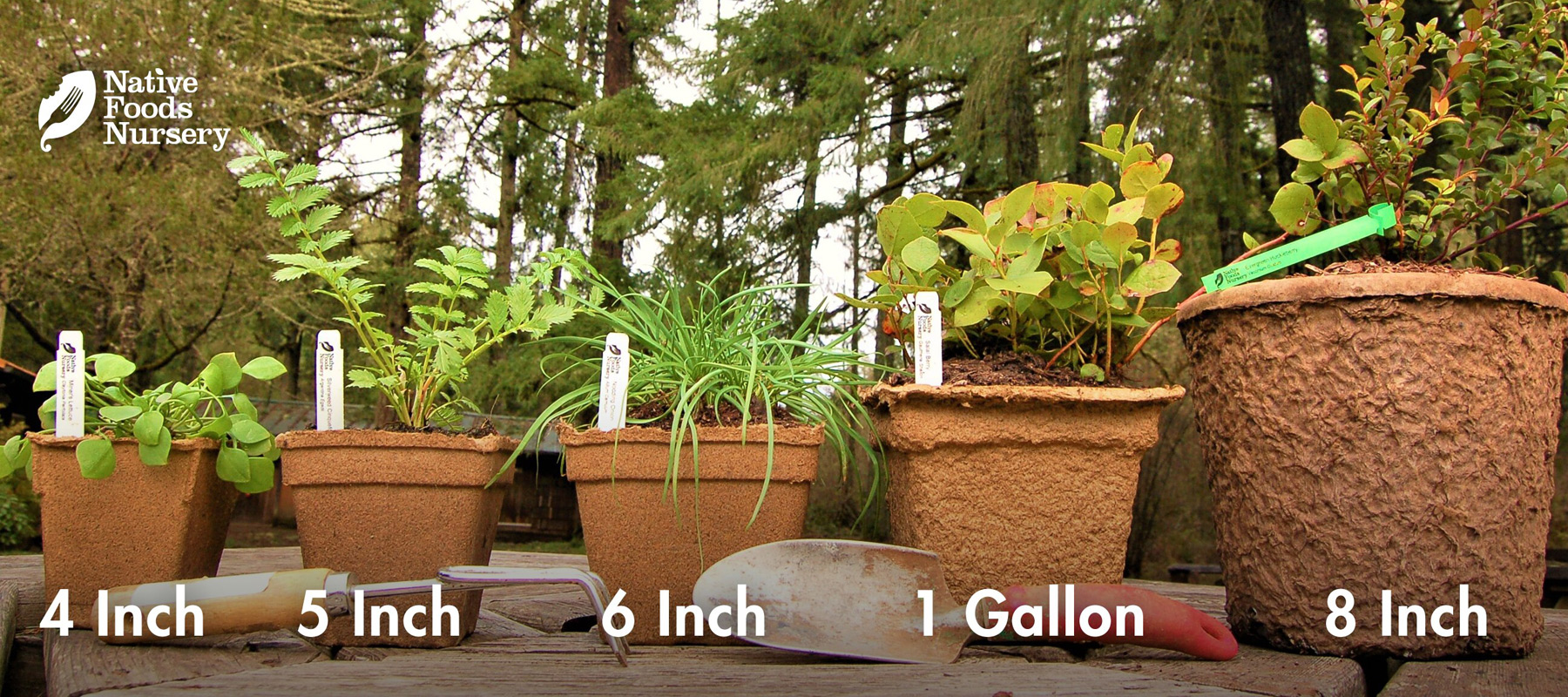Red-flowering Currant
- Current Stock:
- 0
- Other Names:
- Flowering Currant, Redflower Currant
- Latin Name:
- Ribes sanguineum
Red-flowering Currant is an ornamental shrub with stunning rose-colored flower clusters becoming purple-black, edible berries.
Edible Uses
The berries of the Red-flowering Currant are a native food for both humans and wildlife. They are closely related to the European Red Currant, commonly cultivated for their edible berries in Europe. Native American peoples, wild foragers, and sustainable gardeners have and continue to value this plant as food using the berries both fresh and dried.
The taste ranges from bland to sweet, and the texture from mealy to juicy, depending on growing location and sub-species characteristics. Increase their natural sweetness with full sun, rich soils, and sufficient water. Their natural flavor shines when dried into "currant raisins" or made into jams, pies, juices, or syrups. Or, give this treat to the wildlife! The birds love them!
Environment and Culture
Red-flowering Currant is at home in sunny forest openings and edges, as well as along the stream-sides, throughout the Pacific Northwest - from sea to mountain tops. The prolific flower-clusters are a stunning burst of color amidst the greens and brown of the NW forest Spring. Red-flowering Currants prefer moist humus-rich soils, at least part-sun, and steady moisture. Our native Currants have been an important ecological food source for both humans and wildlife for millenia. Butterflies, birds, bees, moths, and hummingbirds adore the flower nectar.
Northwest Native American tribes today still value this special tree as food, medicine, and family. Despite great cultural losses, they continue to work towards stewarding and restoring wild populations, both strengthening the integrity of the ecology and sustaining their cultural heritage and wisdom. These strong and recovering peoples and plants deserve our respect, gratitude, and reparations. (Learn more & how to help on our Charitable Giving page.)
Harvest, Care, and Preparation
Harvest the berries in late Summer/early Fall when they are purple-black, plump, and just barely beginning to soften to the touch. Giving this plant full sun and ample water is likely to increase the juiciness and sweetness of the berry. The berries can be eaten fresh off the plant, collected for a jam/jelly (strain the seeds out) or other confections, or dried for future use. Dried berries increase in sweetness and can be stored for long periods of time. Enjoy!
Native Range: CA, OR, WA, ID, BC
USDA zones: 4-9
Ease of Care: Easy
Deer Resistance: Moderate
Light Requirements: Full Sun-Part Shade
Soil Type: Light-Medium
Water Requirements: Moist-Wet
Pollination: Self Fertile
Bearing Age: 1 Year
Size at Maturity: 6-8ft
Bloom Time: July-September
Harvest Time: August-October
Pot Sizing Guide







